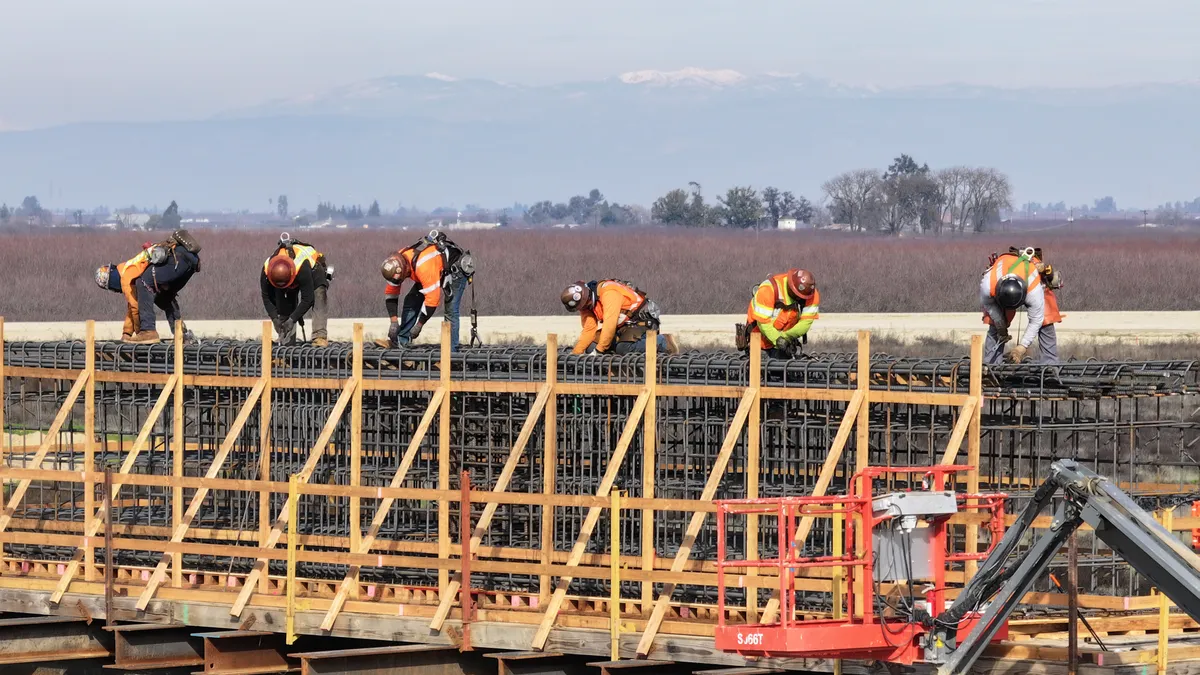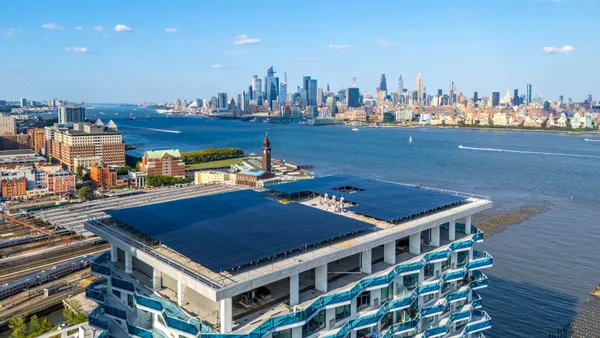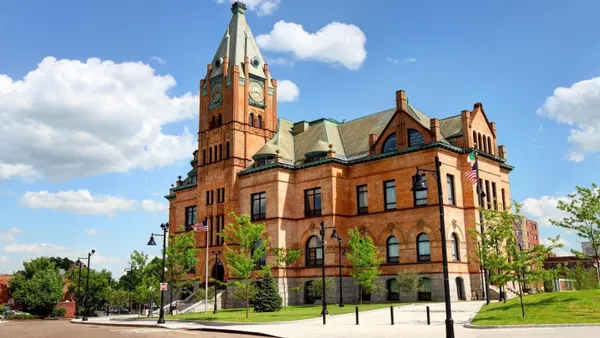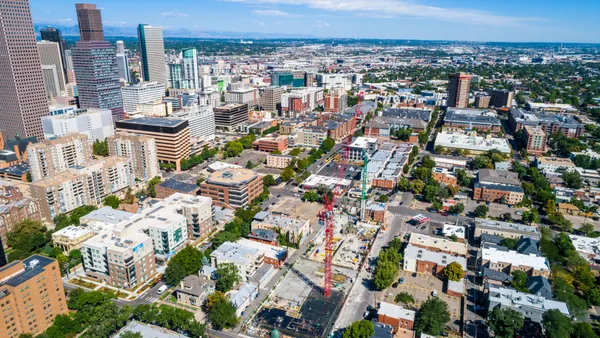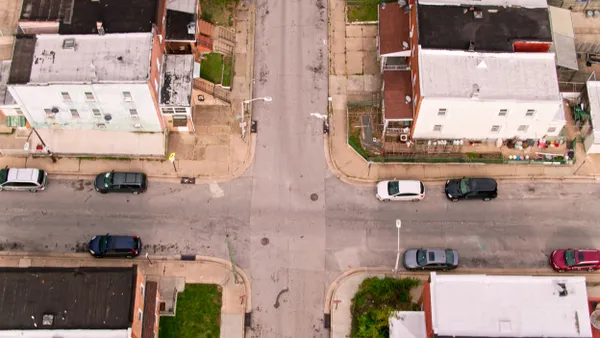Dive Brief:
- U.S. central business districts experienced slightly higher average vacancy rates than the commercial real estate market as a whole in the third quarter — 20.3% compared with 20% — according to a Moody’s CRE analysis released Nov. 26.
- While downtown office demand exists, it is increasingly focused on top-tier office assets in desirable submarkets “for an improved experience as part of the talent attraction strategy,” according to a Nov. 20 report by Cushman & Wakefield. Top-tier assets see lower vacancy rates and higher asking rents than the rest of the office space in gateway markets, it says.
- “Top quality buildings in the Class A category have the lowest vacancy [rate], demonstrating the flight to quality trend,” Michael McDermott, Central region lead of the Total Workplace consulting team at Cushman & Wakefield, said in an email. “While we do not believe any specific amenity drives employee attendance, a well-located building in a vibrant submarket near transportation options [tends] to outperform.”
Dive Insight:
Labor, corporate ecosystems, transportation infrastructure and employee experience are the four fundamentals driving downtown office site selection, Cushman & Wakefield’s report states.
Central business district vacancy rates varied widely across the country in the quarter, Moody’s found. The highest were Dayton, Ohio, at 37.5%; Dallas at 34.4%; St. Louis at 33%; San Antonio at 31.4%; and Las Vegas at 30.7%. Among the primary office markets it tracks, just over half had CBD vacancy rates higher than their overall metro area vacancy average for the quarter. Looking at change in CBD vacancy rate since the pandemic began, the most-improved cities were Tucson, Arizona; Miami; San Bernadino-Riverside, California; Atlanta, and Rochester, New York, while those with the greatest declines were San Francisco; Austin, Texas; San Antonio; Raleigh-Durham, North Carolina; and Denver.
Cushman & Wakefield’s report looks at factors affecting downtown office occupancy. Crime has remained elevated in some downtown districts, increasing 10% to 15% between 2021 and 2023 in a set of 15 cities it tracked, while public transit ridership has only recovered to 79% of pre-pandemic levels. The daytime population of office workers in major cities remains below 60% of pre-pandemic norms, adding to challenges with transportation and safety, it states.
Despite those challenges, downtowns are showing signs of resilience, the Cushman & Wakefield report states. “The nation’s downtown areas continue to be destinations for young, highly educated talent,” it says, for “lifestyle choices and access to a wider range of potential employers, public transit, affordable housing, and desirable social settings.” This provides CBD property owners and facility managers with opportunities to leverage talent pipelines, corporate ecosystems and employee experience strategies, it says.
While downsizing will continue, the trend of companies downsizing their offices by 50% or more in response to hybrid work and lower space utilization is slowing down, and the market has “already felt the most extreme effects of the flexible work trend,” according to the report. “Office demand exists — it’s just focused on top tier office assets in desirable submarkets for an improved experience as part of the talent attract strategy.”
According to McDermott, “building owners and operators should understand that most office occupiers have more space than they need. Uneven employee utilization has driven companies to right size their space and prioritize workplace investments that support what people need to do in the office versus at home.”
Top building amenities, McDermott said, include “free snacks/beverages, onsite café, fitness center and green space,” citing Cushman & Wakefield’s proprietary experience-per-square-foot data. “For submarkets with substandard access [to transportation], owners need to work that much harder to make the onsite work experience one that is worthy of the commute,” he added. “An outdated building with poor connectivity [to public transportation] will struggle to remain relevant,” he said.
As capital markets thaw, financial conditions may also improve for aging Class B offices in ideal locations with strong fundamentals, Cushman & Wakefield says: “Adding a crop of newly renovated, but affordable office options will draw the attention of companies discouraged by the high costs and low vacancy in top-tier properties.”
And while “cities continue to hold an advantage in refilling high demand talent pipelines,” the fastest population growth is happening in exurban communities on the fringes of metro areas, Cushman & Wakefield’s report notes.






